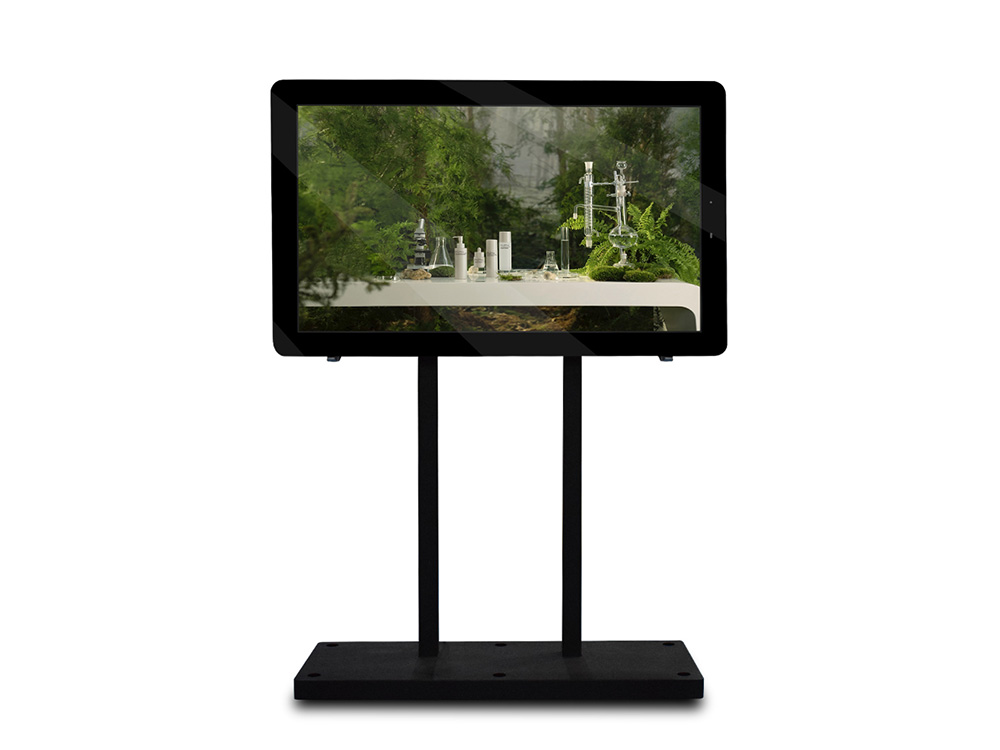Indoor Digital Signage Solutions for the Education Sector
Indoor Digital Signage Solutions for the Education Sector.In the modern educational landscape, digital signage has emerged as a powerful tool for enhancing communication, engagement, and information dissemination within educational institutions. Indoor digital signage solutions, particularly tailored for the education sector, offer a dynamic and interactive way to convey important messages, announcements, and updates to students, faculty, and visitors.

The implementation of digital signage in schools and universities provides numerous benefits. Firstly, it serves as a central hub for information, ensuring that everyone on campus is kept up to date with the latest news, events, and schedules. This real-time information flow is crucial in a fast-paced academic environment where changes and updates are frequent.
Digital signage also enhances the learning experience by providing a medium for interactive content. For instance, in a science laboratory, digital displays can show live experiments or simulations, making complex concepts more understandable and engaging for students. Similarly, in art or history classes, digital signage can bring historical events or artistic movements to life through videos, animations, and interactive timelines.
Moreover, digital signage solutions contribute to campus safety. In case of emergencies, such as weather alerts or evacuation notices, digital signs can quickly disseminate critical information, ensuring that everyone is informed and can take appropriate action.
When it comes to implementing indoor digital signage in educational settings, there are several key considerations. One of the most important factors is the location of the displays. They should be placed in high-traffic areas such as lobbies, hallways, cafeterias, and libraries, ensuring maximum visibility and reach.
The content displayed on the digital signs is also crucial. It should be relevant, timely, and engaging to capture the attention of the viewers. This might include campus news, upcoming events, weather updates, or even inspirational quotes to motivate students and faculty.
From a technological perspective, choosing the right hardware and software is essential. The displays should have high resolution and brightness to ensure visibility in various lighting conditions. The software should be user-friendly, allowing for easy updates and management of content. Additionally, integrating digital signage with existing campus IT infrastructure, such as Wi-Fi networks and information management systems, can greatly enhance its functionality and reach.
Furthermore, digital signage can serve as an effective platform for student engagement and creativity. Students can be encouraged to create content for the displays, fostering a sense of community and belonging. This not only provides an opportunity for students to showcase their talents but also helps to develop their skills in digital media and communication.
However, to ensure the success of an indoor digital signage solution in the education sector, it is important to involve all stakeholders, including students, faculty, and administrators, in the planning and implementation process. Their feedback and suggestions can help tailor the system to meet the specific needs and preferences of the campus community.
Additionally, regular maintenance and updates are crucial to keep the system running smoothly. This includes monitoring the hardware for any issues, regularly updating the software, and refreshing the content to keep it relevant and engaging.
In conclusion, indoor digital signage solutions for the education sector offer a range of benefits, from improving communication and engagement to enhancing learning experiences and campus safety. By carefully planning and implementing these systems, educational institutions can create a more dynamic, interactive, and informed learning environment for all.
Beyond its immediate practical applications, digital signage also holds the potential to transform the educational landscape in more profound ways. It can serve as a catalyst for innovative teaching methods, enabling educators to experiment with new forms of interactive and visual learning. For instance, teachers can create interactive quizzes or polls on the digital signs, encouraging students to actively participate and learn in a fun and engaging way.
Moreover, digital signage can be a powerful tool for promoting cultural exchange and global awareness. By displaying content from different cultures and perspectives, it can foster a more inclusive and diverse learning environment. This is particularly relevant in today's interconnected world, where cross-cultural understanding and sensitivity are increasingly important.
In terms of sustainability, digital signage can also contribute to reducing paper waste by digitizing notices, schedules, and other information that traditionally would have been printed and distributed. This not only saves resources but also aligns with the growing emphasis on environmental responsibility in educational institutions.
Lastly, as technology continues to evolve, digital signage solutions will become even more intelligent and interactive. Integration with virtual reality (VR) and augmented reality (AR) technologies could further enhance the educational experience, allowing students to immerse themselves in virtual environments or interact with three-dimensional models and simulations.
In summary, indoor digital signage solutions for the education sector are not just about improving communication and information dissemination; they represent a powerful tool for enhancing the overall educational experience, promoting inclusivity, sustainability, and innovation within the learning environment. By harnessing the potential of digital signage, educational institutions can stay at the forefront of technological advancements, preparing their students for the digital age.
Application scenarios of digital signage








